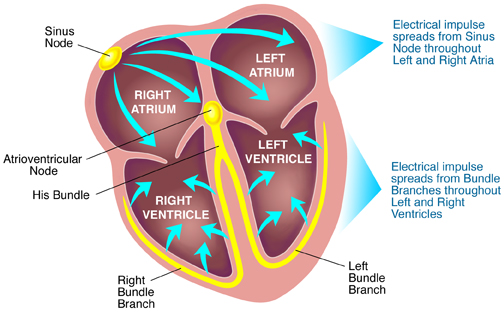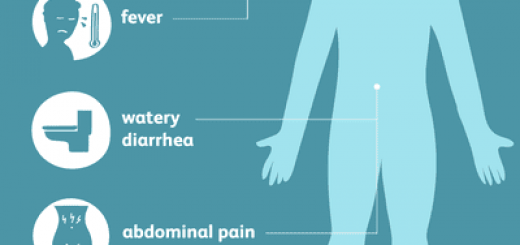What is Ventricular Fibrillation (VF)?
Ventricular Fibrillation (VF) is an abnormal heart rhythm (arrhythmia) which causes sudden cardiac arrest. In this first aid blog post we will discuss what ventricular fibrillation is and the first aid treatment.
In order to understand ventricular fibrillation, we will first look at the normal electrical activity of the heart.
The electrical conduction system of the heart
The heart is a muscle controlled by electrical signals. These electrical signals enable the heart to beat in a coordinated fashion. The heart has four chambers, so this coordination is vital for blood to be pumped around the body.
There are two electrical control areas of the heart known as nodes. The Sinoatrial node (SA node) and Atrioventricular node (AV) node. The electrical signals spread through the heart muscle via a number of electrical pathways.

What happens during Ventricular Fibrillation?
Ventricular Fibrillation (VF) occurs when these electrical signals controlling the heart become disrupted. Instead of contracting in a coordinated way, the heart muscle cells contract randomly. This causes the heart to stop pumping blood around the body and the patient suffers a cardiac arrest. They collapse and stop breathing normally.
What is the treatment for Ventricular Fibrillation (VF)?
Ventricular fibrillation can be treated by administering an electrical shock to the heart muscle. The electrical shock will clear the abnormal, chaotic electrical signals in the heart muscle. This will give the heart a chance to regain its normal pumping rhythm.
This procedure is called defibrillation.
Defibrillation needs to occur during the first few minutes of VF occurring in order to be successful. If the heart remains in VF for too long then eventually the cells will start to die and defibrillation will not restore a pumping rhythm.
Time is therefore critical when it comes to treating victims of cardiac arrest. Defibrillation needs to occur within minutes of a cardiac arrest occuring. As a result, Automated External Defibrillators (AEDs) are now placed in many public locations for lay rescuers to use before the arrival of medical help.
What causes Ventricular Fibrillation (VF)?
The leading cause of Ventricular Fibrillation (VF) is ischemic heart disease (IHD). Other causes of ventricular fibrillation include drugs, toxins and genetic abnormalities in the structure of the heart.





